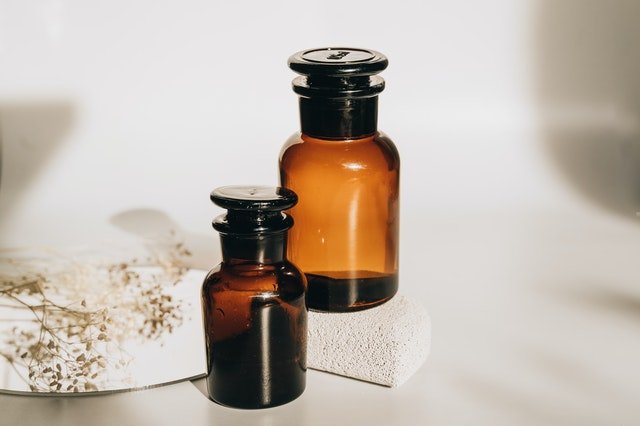
Jojoba oil, also called liquid wax, is extracted from the seeds of the jojoba plant. Useful for the entire well-being of the skin and hair, it is able to help the regeneration of tissues following sunburn and burns. Let’s find out better.
Characteristics of jojoba oil
From the southwest of the United States, in the desert areas straddling Arizona, California and Mexico, the Pima ethnic group has transmitted to us the use of jojoba oil.
This oil is taken from a shrubby and very long-lived plant called Simmondsia chinensis (up to 250 years) typical of that area, which continuously produces the seeds from which its precious oil is extracted.
The plant begins to bear fruit from the fifth year of age, and the seed contains about half of its weight “oil”. The growth zones of this bush are desert or very hot areas up to over 50 °C.
Properties and use of jojoba oil
The jojoba oil that would be better defined as liquid wax is very particular: it is an ester and not a triglyceride and is very similar to human sebum or sperm whale spermaceti (so much so as to solidify below 10 ° C).
The advantage of being a liquid wax free of triglycerides and water guarantees a unique shelf life precisely because the rancidity process is very slow.
It is quickly absorbed by the skin thanks to its high penetrating power that reaches up to the fourth layer of the dermis thus improving the quality of the skin. This characteristic allows it not to grease while remaining a sebum-like plant substance therefore useful for the well-being of the skin.
The seborestitutive action makes it suitable for both sensitive and impure and acne-prone skin.
Almost transparent and odorless, it has the particularity of not leaving the skin greasy but rather pleasantly softened, for this reason it lends itself to the preparation of anti-wrinkle masks or against skin problems.
It is thus a valid aid to counteract stretch marks in pregnancy, in slimming diets, in anti-cellulite treatments and against small wrinkles.
It promotes the restoration of physiological skin pH and fights the aging processes of elastin and collagen. These properties of jojoba oil make it ideal for irritated, sensitive and dry skin.
It has a softening action on the skin and hair; the latter can be treated with a 30-minute compress, before shampooing dry hair. The result is an immediate effect of nutrition and softness on the whole hair.
Indicated as a massage oil by adding essential oils and fragrances as needed (in the massage of the newborn you can use it without adding essential oils).
All these properties make it lend it masterfully as a basis for the preparation of cosmetic products (creams, lipsticks, shampoos, foundation, mascara) or as an emollient and lubricant, as well as being a good antifungal, moisturizing and disinfectant product and having an interesting potential in the field of biofuels.
Although not toxic, if ingested it has laxative effects due to its indigestibility.
For the purchase the advice to have a high quality of the product is to look for a 100% oil obtained with cold pressing and maybe organic farming.
Curiosity about jojoba oil
Its use is very ancient and studies trace its application for hair and skin care to the Pima people.
In fact, they used jojoba oil to soothe sunburn and as protection from ultraviolet rays given the climatic needs of the area in which they lived.
The properties of jojoba oil most exploited by Pima were: the hydration and softness it left to the skin, and above all tissue regeneration after burns and wounds.
In the numbering of the sunscreens it can be indicated that jojoba oil has a natural protection at 4 to which depending on the situation we can add other protections.
A beauty recipe
Against stretch marks an oil for the prevention and elasticity of the skin.
Mix in equal parts olive oil and jojoba oil. Add twice as much almond oil and if you can find 2 or 4 gelatinous pearls of borage oil the effect will be even more noticeable. Pearls can be evening primrose oil or add a little calendula or carrot oil.
A possible addition of a little vitamin E is also recommended to improve shelf life. This oil can be applied after bathing or as a nourishing, moisturizing and elasticizing skin.






